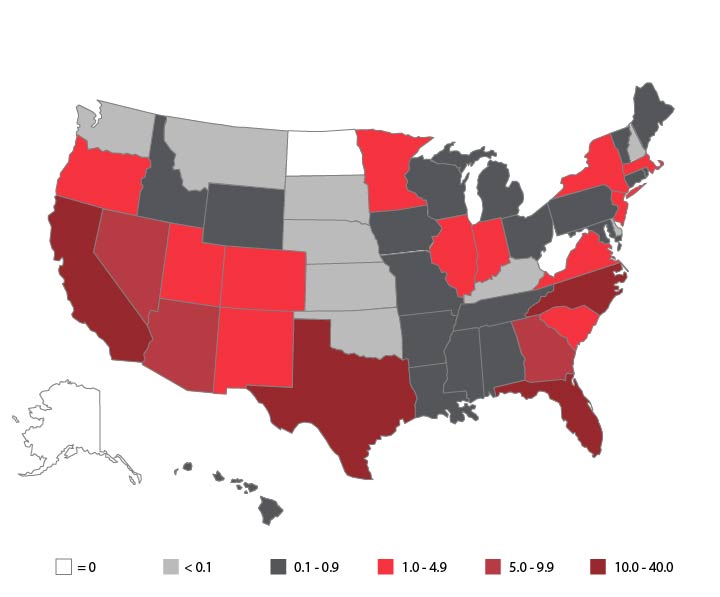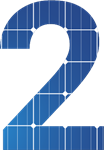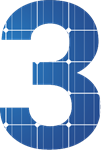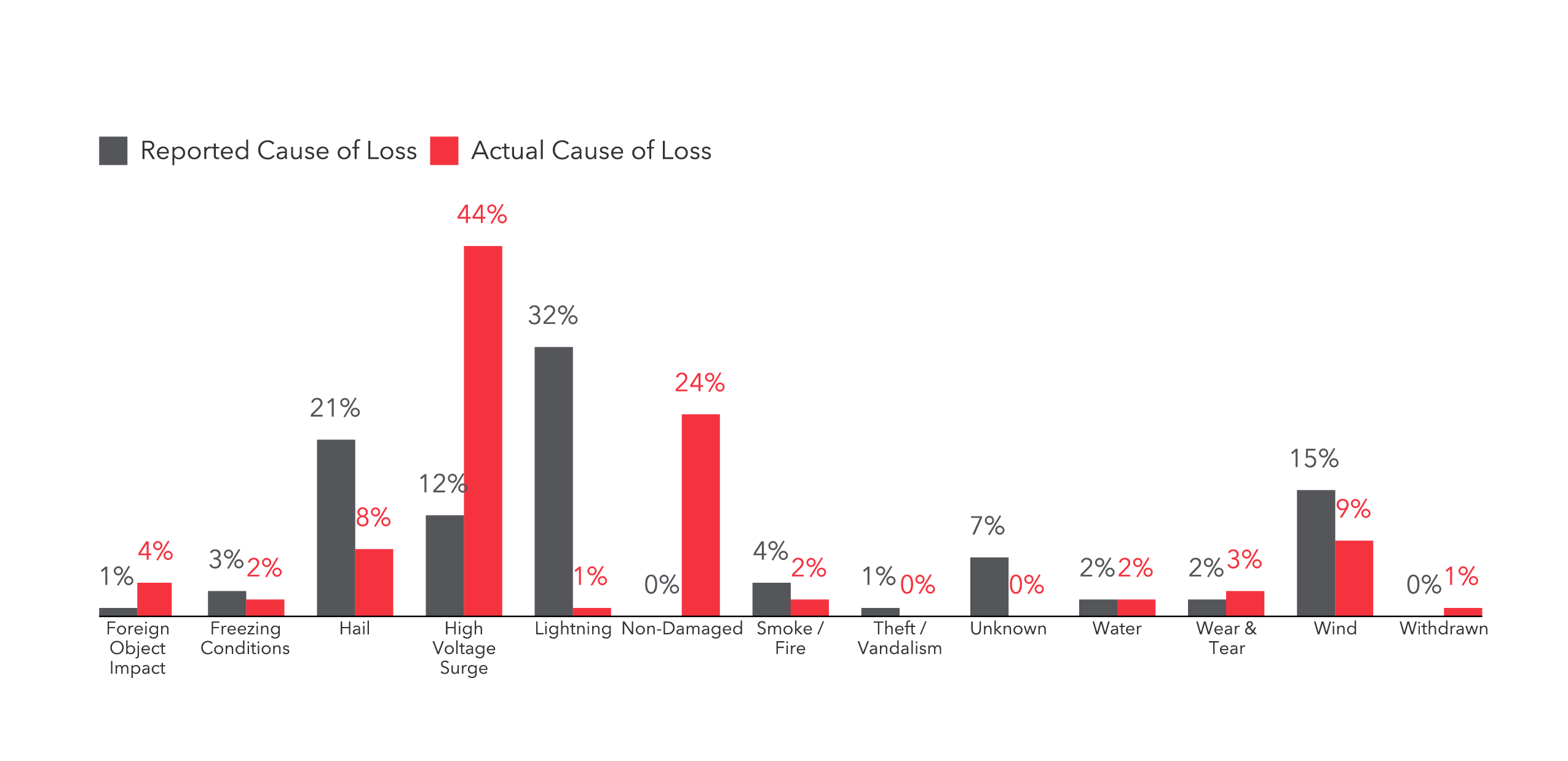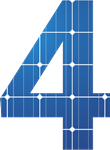
Improper installation may lead to structural damages.
While many solar claims center around the equipment itself, some will also benefit from assessment support from structural engineers. Solar power equipment adds load to a building, most often on the roof, so improper installation could lead to damages.
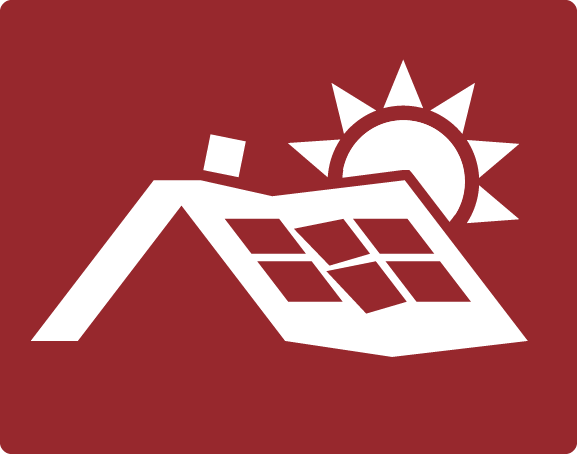
Broken rafters, sagging roofs, and cracked or bowed walls can result from failure to reinforce the roof structure.
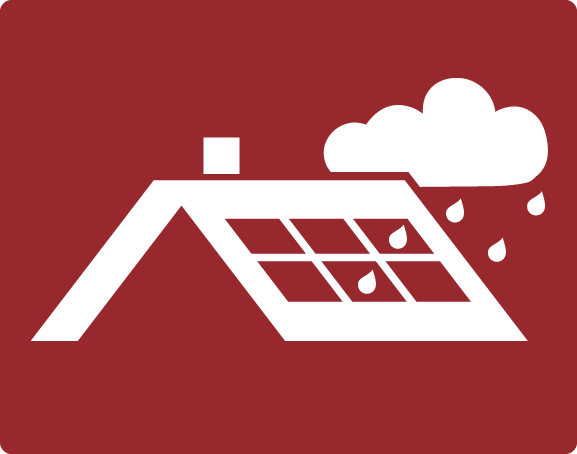
Water intrusion may be result of improper fastening or failure to fill in punctures created for installation, which allows water to enter the structure.
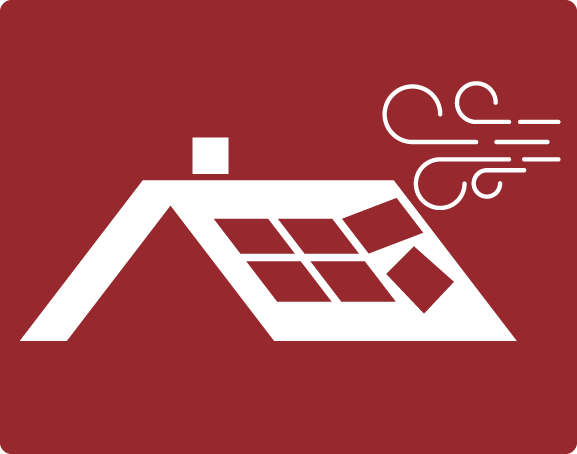
Panels being shifted and/or uplifted by wind, which can be unpredictable, can lead to wind-damaged roof structures.

